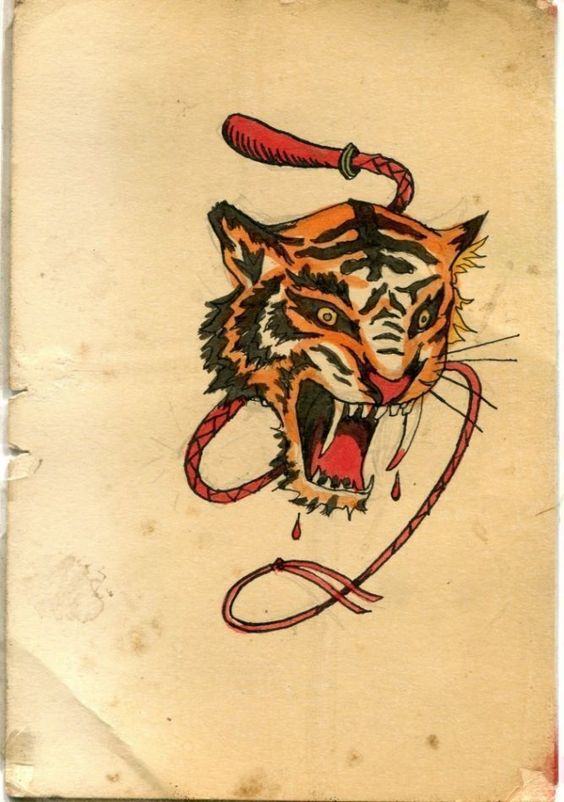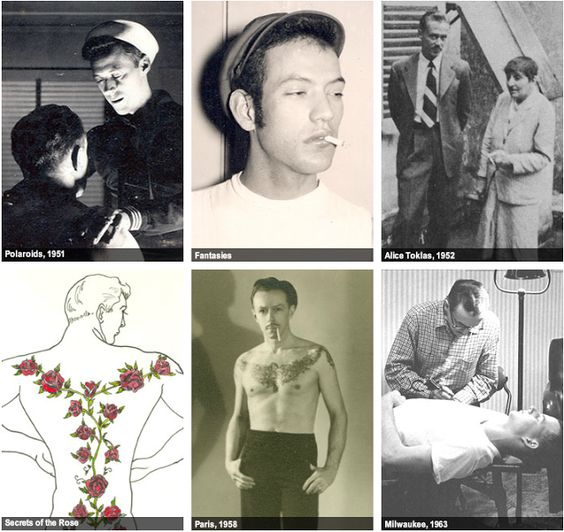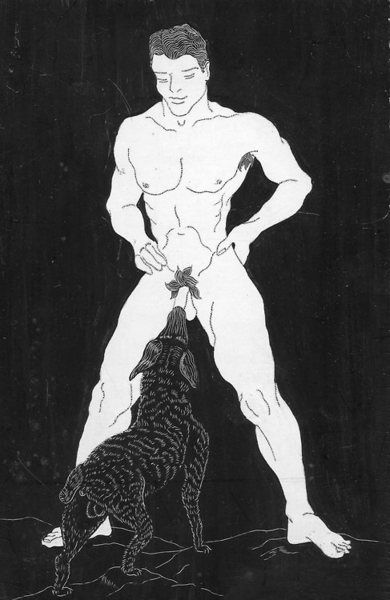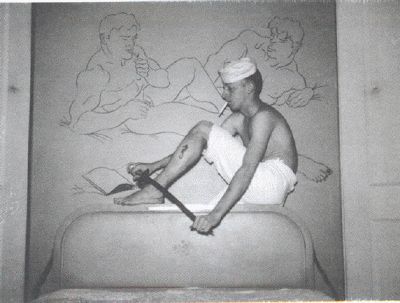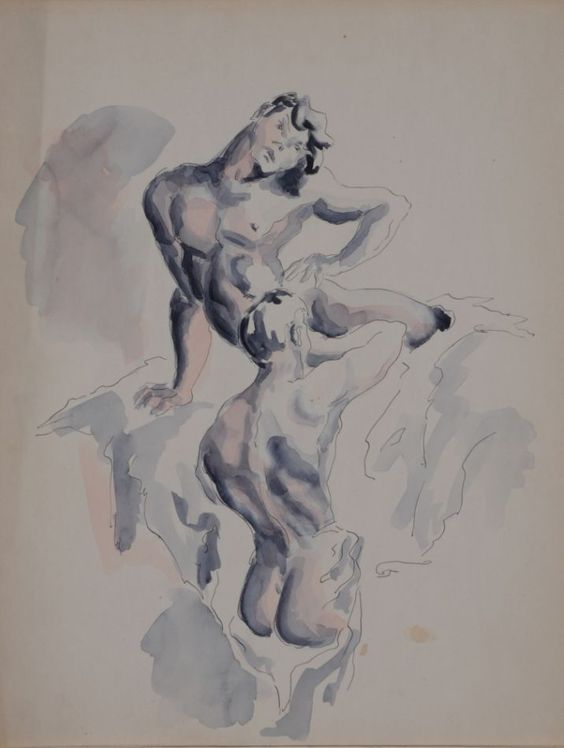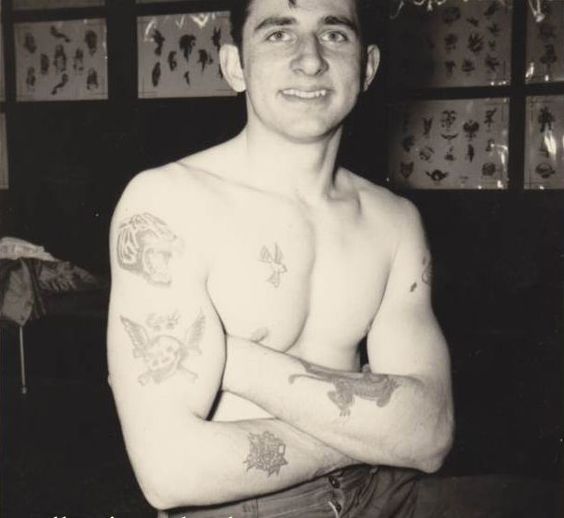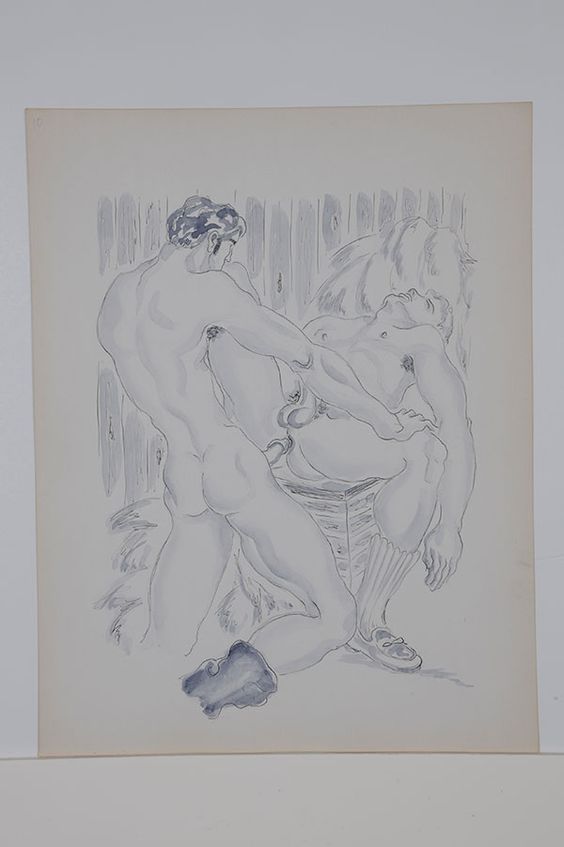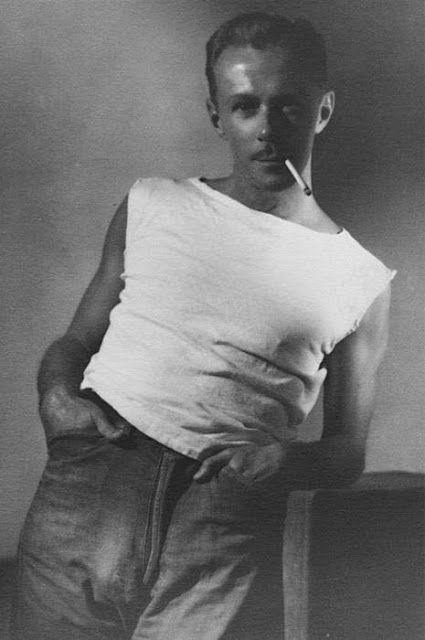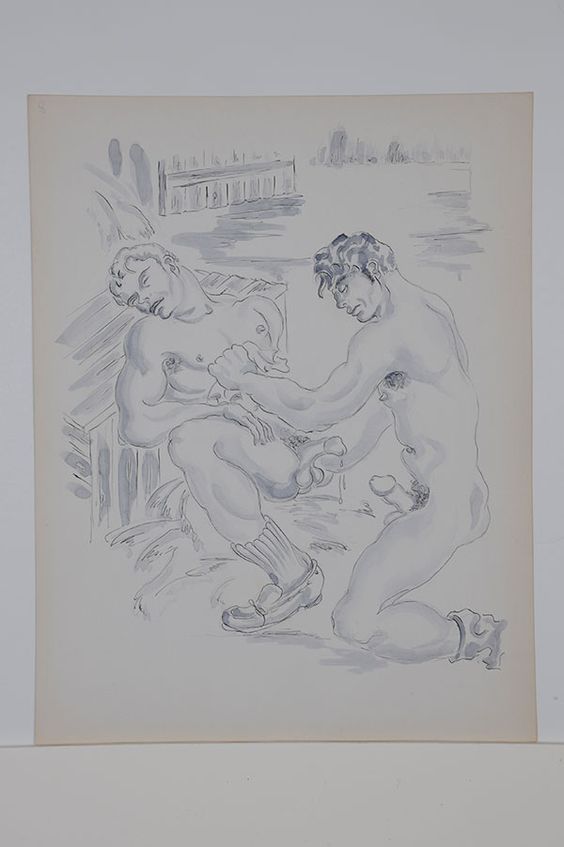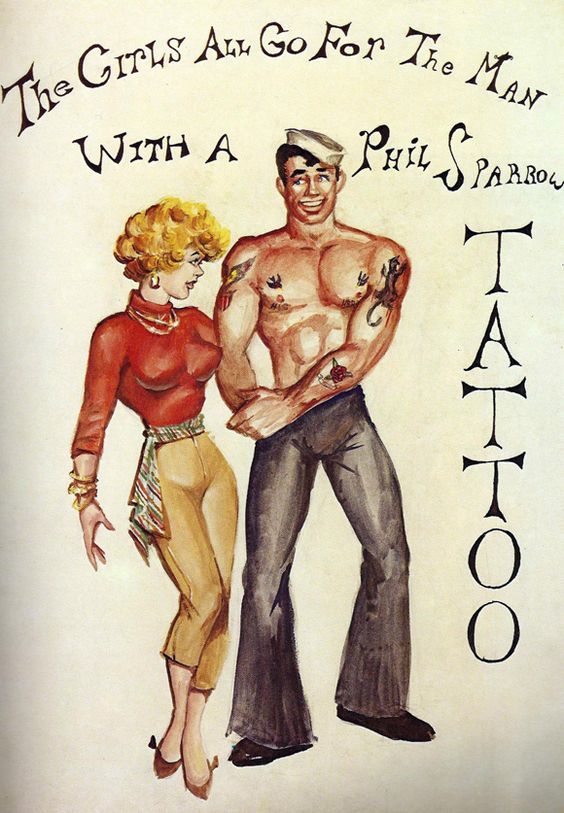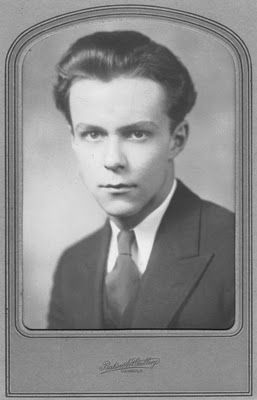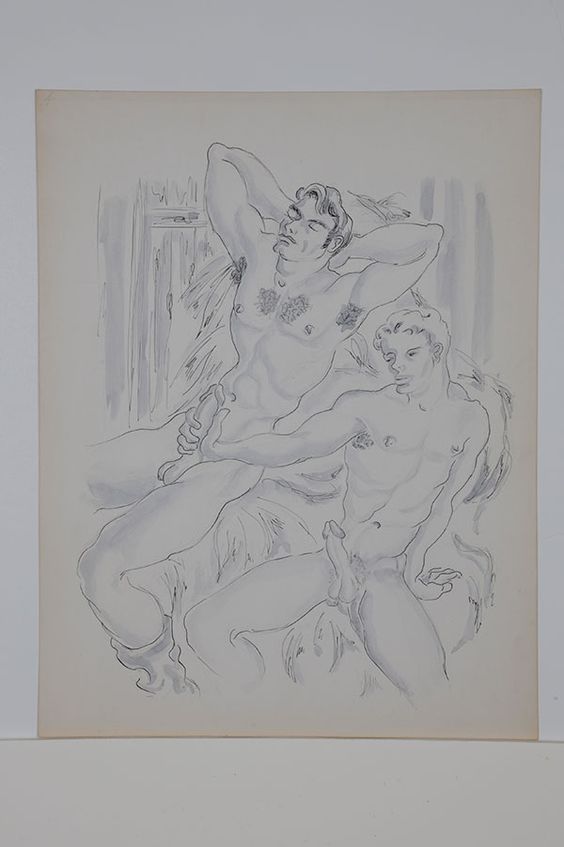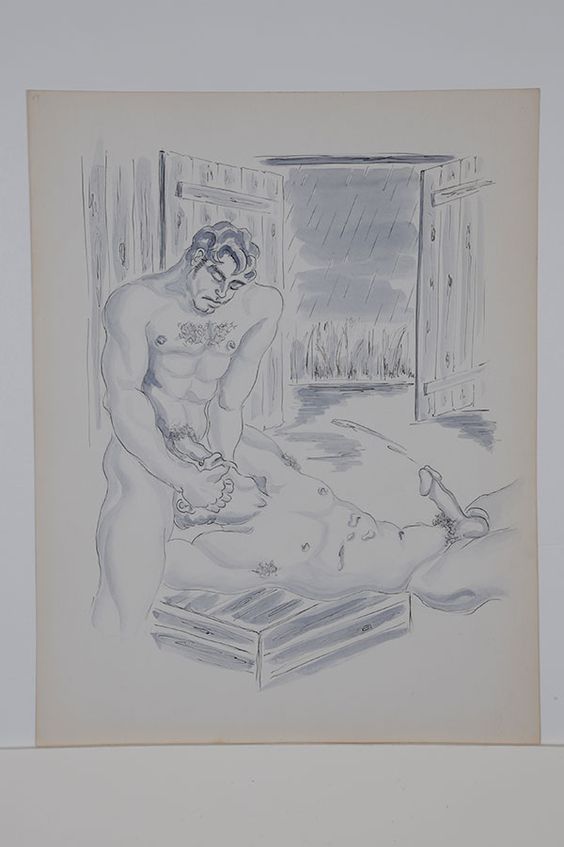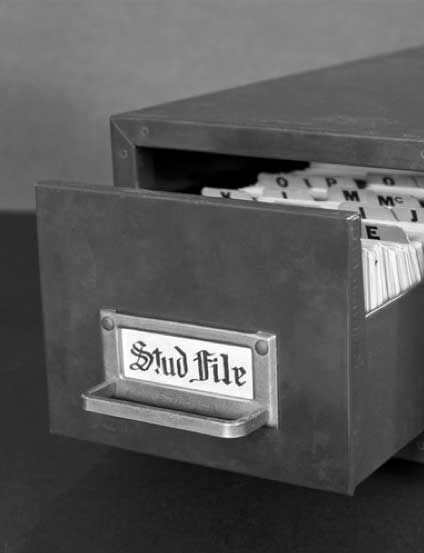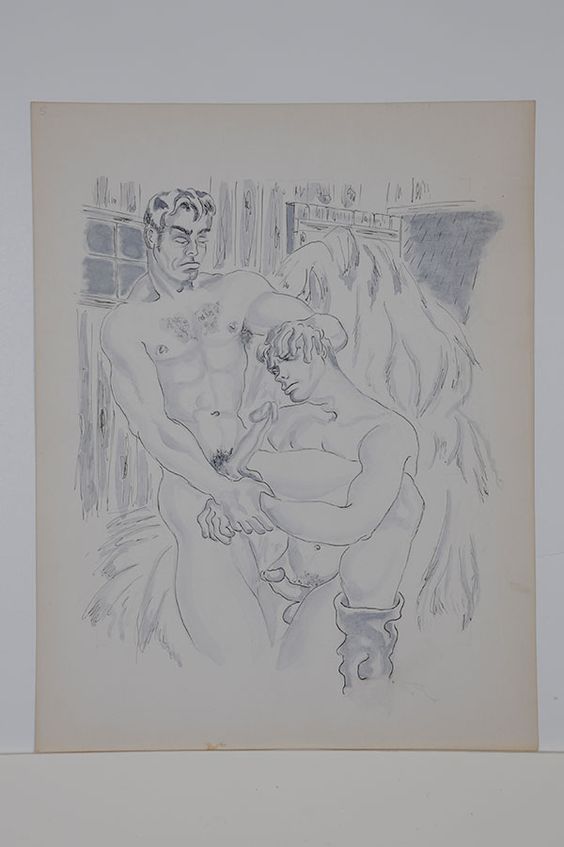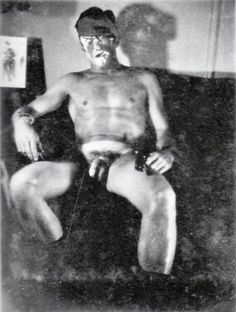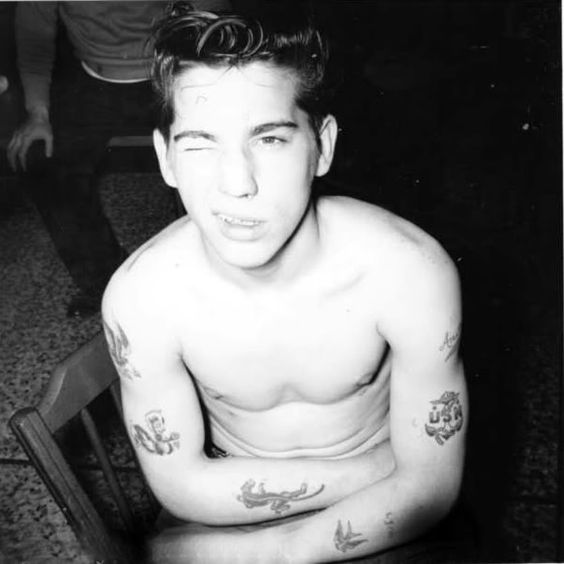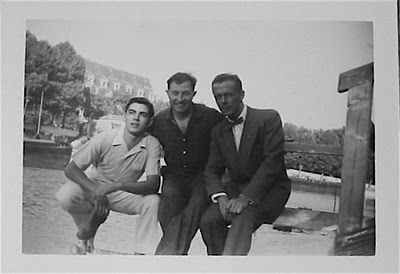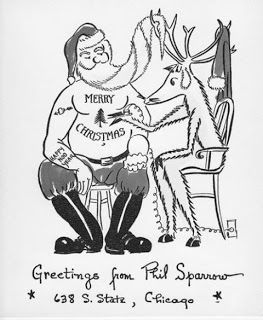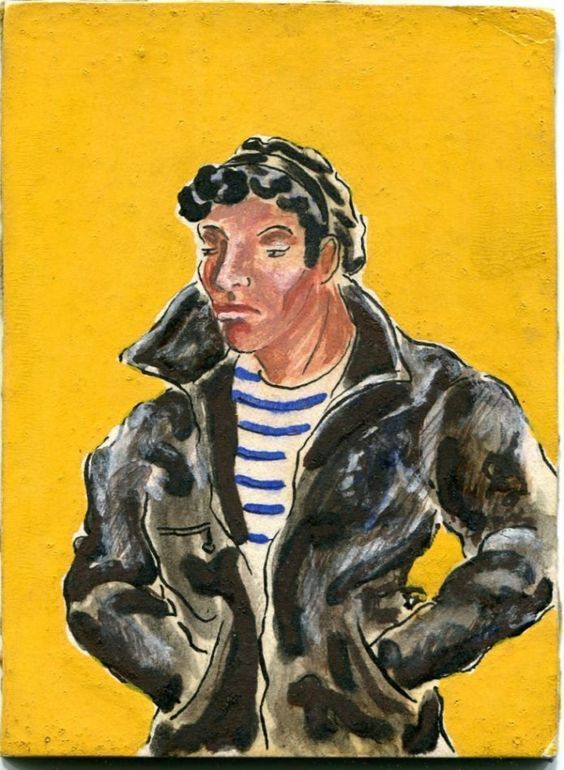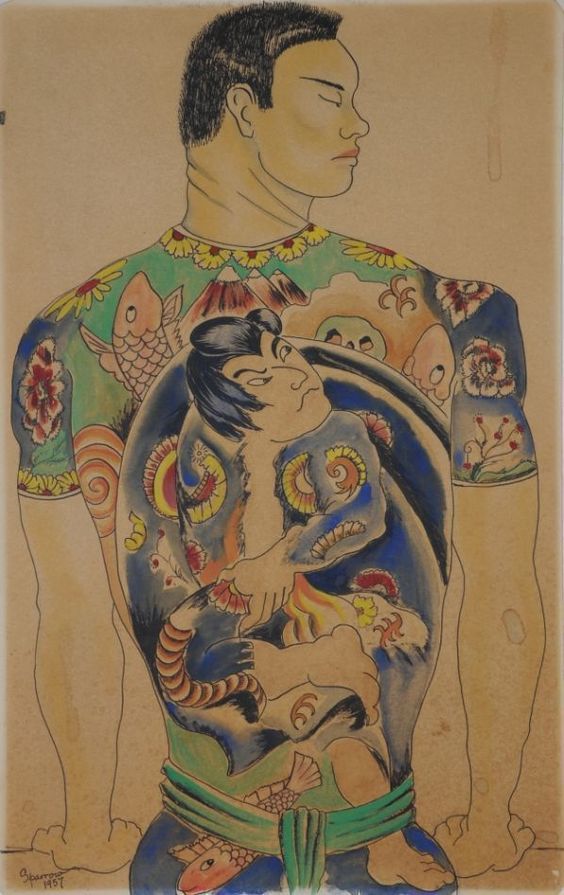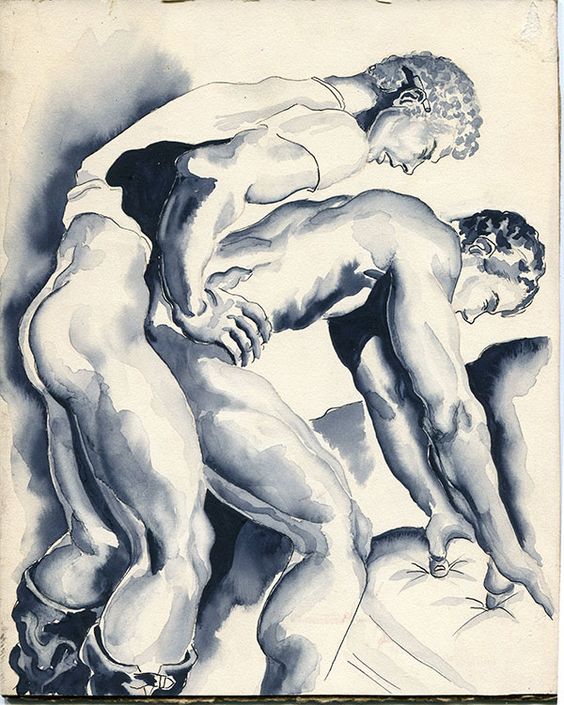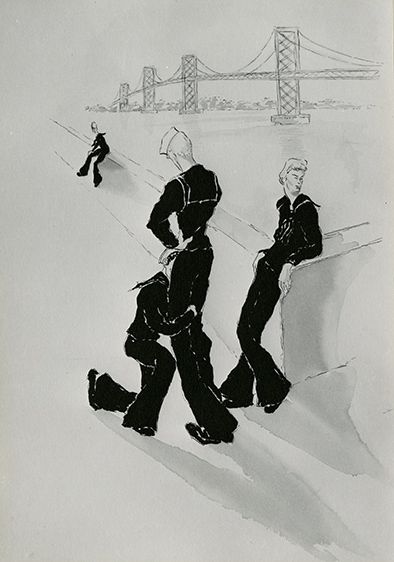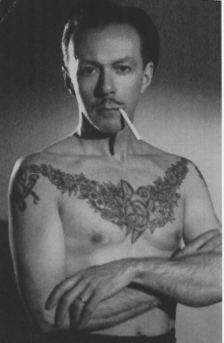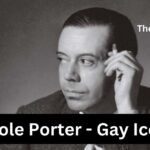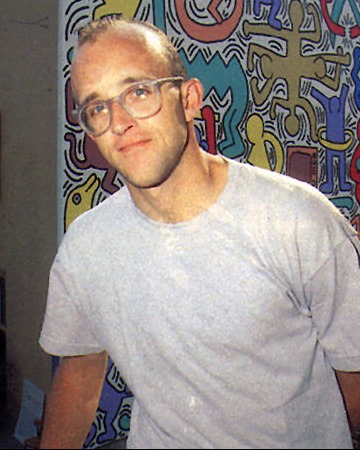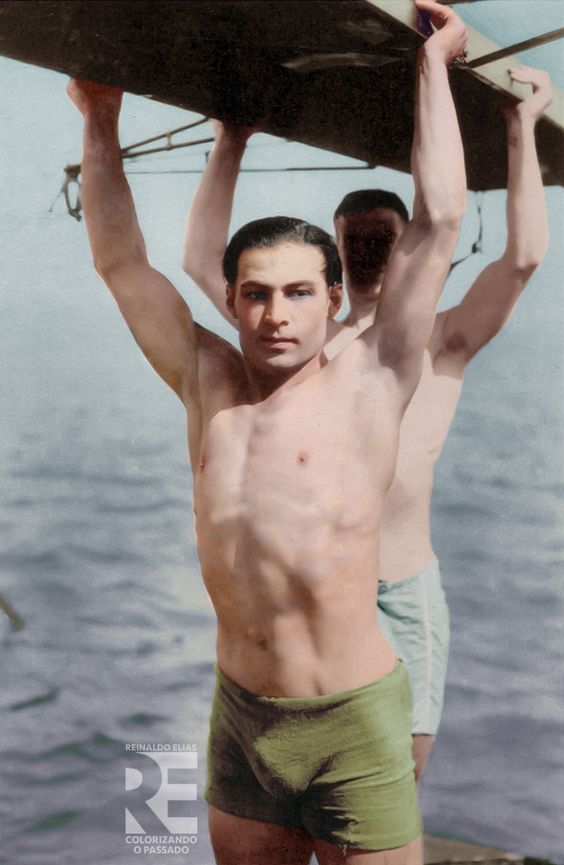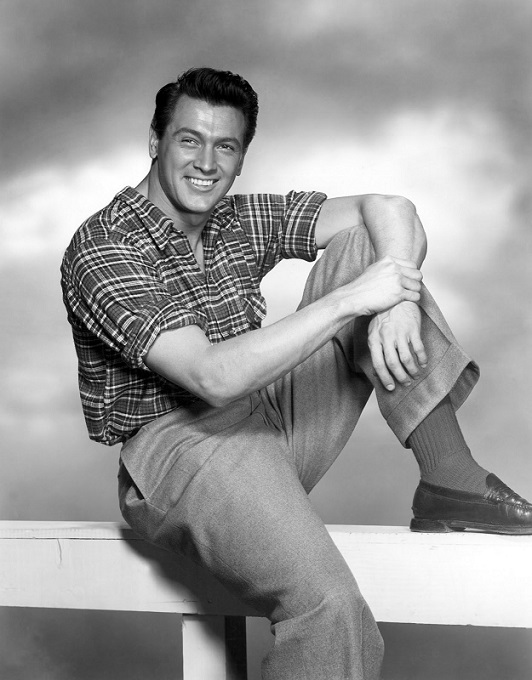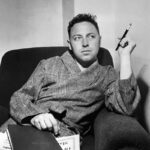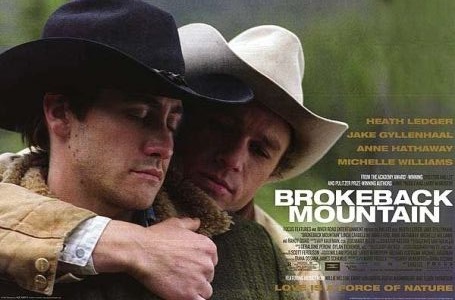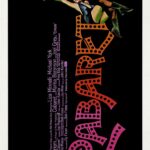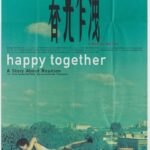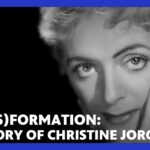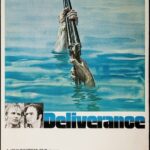Samuel Morris Steward (July 23, 1909 – December 31, 1993), also known as Phil Andros, Phil Sparrow, and many other pseudonyms, was an American poet, novelist, and university professor who left the world of academia to become a tattoo artist and pornographer.
Throughout his life, he kept extensive secret diaries, journals and statistics of his sex life. He lived most of his adult life in Chicago, where he tattooed sailor-trainees from the U.S. Navy’s Great Lakes Naval Training Station (as well as gang members and street people) out of a tattoo parlour on South State Street. He later moved to the San Francisco Bay area, where he spent the late 1960s as the official tattoo artist of the Hells Angels Motorcycle Club
Through the late 1930s and 1940s, Steward maintained a precarious balancing act between his role as a respectable college professor and aspiring writer during the day, and his often dangerously provocative sexual exploits at night. In an era where homosexuality itself could mean jail, disgrace, beatings, and even death, Steward chose a sometimes lonely and uneasy path that somehow managed to narrowly avoid disaster while being true to an essential part of his humanity.
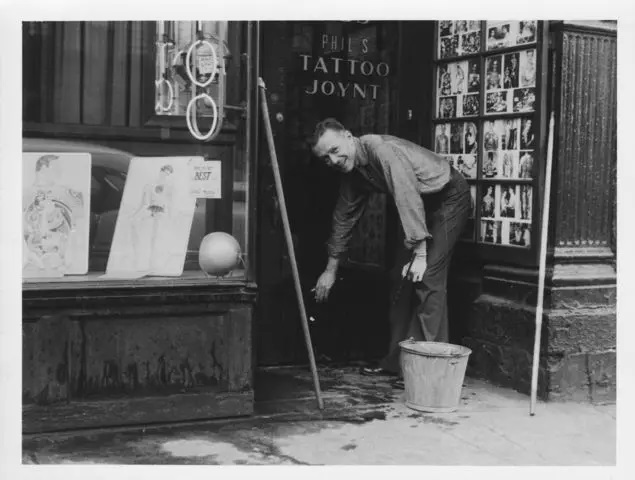
Life and Career
Steward was born in Woodsfield, Ohio, and began attending Ohio State University in Columbus in 1927. He taught English at OSU from 1932 until 1934 as a university fellow. His first year-long post was as an instructor of English in 1934 at Carroll College in Helena, Montana. In 1936 he was summarily dismissed from his second teaching position, at the State College of Washington (now Washington State University) at Pullman, as the result of his sympathetic portrayal of a prostitute in his well-reviewed comic novel Angels on the Bough. He subsequently moved to Chicago, where he taught at Loyola University until 1946. After leaving Loyola to help re-write the World Book Encyclopedia, he subsequently taught at DePaul University.
Born into a Methodist household, Steward converted to Catholicism during his university years, but had long since abandoned the Catholic Church by the time he accepted his teaching position at Loyola. From the mid-1930s until 1949 he was deeply alcoholic, but he managed to overcome his addiction to alcohol with the help of Alcoholics Anonymous.
Steward gained an introduction to Gertrude Stein in 1932 through his academic advisor Clarence Andrews, and so began a long correspondence with Stein which resulted in a warm friendship. He paid visits to her rented country home in France during the summers of 1937 and 1939. During the 1937 trip, he also met with many other literary figures, including Thornton Wilder, Lord Alfred Douglas (the lover of Oscar Wilde), Thomas Mann, and André Gide. He detailed these encounters, some of them sexual, in his brief memoir, Chapters from an Autobiography. He also described his friendship with Stein and Alice B. Toklas in his Dear Sammy: Letters from Gertrude Stein and Alice B. Toklas.
Steward met sex researcher Alfred Kinsey in late 1949 and subsequently became an unofficial collaborator with Kinsey’s Institute for Sex Research. During his years of work with the Institute, Steward collected and donated sexually themed materials to the Kinsey archive, gave Kinsey access to his lifelong sexual records, introduced him to large numbers of sexually active men in the Chicago area, and provided him with large numbers of early Polaroid sex photographs which he took during the frequent all-male sex parties he held in his Chicago apartment. He also allowed Kinsey to take detailed photographs of that sexually-themed apartment. He ultimately donated large numbers of drawings, paintings and decorative objects that he himself had created to the Institute.
In spring of 1950, at Kinsey’s invitation, he was filmed engaging in BDSM sex with Mike Miksche, a New York-based erotic artist also known as Steve Masters. After Gertrude Stein, Kinsey was Steward’s most important mentor; he later described Kinsey not only “as approachable as a park bench” but also as a god-like bringer of enlightenment to humankind, thus giving him the nickname, “Doctor Prometheus.”
While making the transition from professor to tattoo artist during the 1950s, Steward befriended a number of gay artists and writers including Paul Cadmus, George Platt Lynes, Julien Green, Fritz Peters, and Glenway Wescott. At Kinsey’s specific request he also kept highly detailed journals and diaries of his daily sexual activities, and chronicled them in a secret card catalogue he referred to as his “Stud File.” Starting in 1957, he began contributing short stories based on his many sexual encounters to the Zurich-based homophile magazine Der Kreis (“The Circle”), to which he also contributed essays, reviews, and homophile journalism.
During his final years in Chicago, Steward befriended Chuck Renslow, co-owner of Kris Studio, and Renslow’s partner Dom Orejudos, the homoerotic illustrator also known as “Stephen” and “Etienne.” Renslow and Orejudos would later go on to open the Gold Coast, Chicago’s first leather bar, and to found International Mr. Leather, a yearly gathering of leathermen from around the world.
In the 1960s Steward began writing and publishing his erotica under the name of Phil Andros, initially doing so with the Danish magazine Eos/Amigo. Some of his early works described his fascination with rough trade and sadomasochistic sex; others focused on the power dynamics of interracial sexual encounters between men. In 1966, thanks to changes in American publishing laws, he was able to publish his story collection $TUD with Guild Press in the United States, under the pseudonym Phil Andros. By the late 1960s, Steward started writing a series of pulp pornographic novels featuring the hustler Phil Andros as narrator.
As a leading tattoo artist of the 1950s and ’60s, Steward was mentored by Milwaukee-based master tattooist Amund Dietzel. Steward took the name Phil Sparrow, and called his shop Phil’s Tattoo Joynt, lending a distinctly old English literary quality to his trade. Steward in turn mentored Cliff Ingram, aka Cliff Raven, and Don “Ed” Hardy, later known simply as Ed Hardy, encouraging both to practice the Japanese-style tattooing he himself most admired. After retiring from tattooing in 1970, Steward wrote a social history of American tattooing during the 1950s and ’60s, which was ultimately published as Bad Boys and Tough Tattoos.
Video by itlmedia 2012
Death
In his later years Steward’s abilities as a writer were compromised by chronic obstructive pulmonary disease and a barbiturate addiction. He died at the age of 84 in Berkeley, California.
Reception and Scholarship
In 1972, Jack Fritscher became the first openly gay writer to unearth and interview Steward; his Steward audiotapes were referenced in Justin Spring’s biography of Steward. Starting in 2001, Justin Spring tracked down Steward’s archive and began writing the biography Secret Historian: The Life and Times of Samuel Steward, Professor, Tattoo Artist, and Sexual Renegade, which was ultimately published by Farrar, Straus and Giroux in 2010. The book was a finalist for the National Book Award. It received the National Leather Association’s Geoff Mains Non-fiction book award for 2011.
In 2018, Jeremy Mulderig edited The Lost Autobiography of Samuel Steward: Recollections of an Extraordinary Twentieth-Century Gay Life. (Chicago: The University of Chicago Press, 2018.)
In 2012, 2014, and 2018, Seth Eisen of Eye Zen Presents created the play Homo File depicting the life and times of Steward, as part of a project to unearth and spread gay history from when homosexuality “could not speak its name”
Honors
In 2012 Steward was inducted into the Leather Hall of Fame.
Steward was honoured in 2017 along with other notables, named on bronze boot prints, as part of San Francisco South of Market Leather History Alley.
Bibliography
As Philip Sparrow:
- Philip Sparrow Tells All: Lost Essays by Samuel Steward, Writer, Professor, Tattoo Artist, edited by Jeremy Mulderig (2015)
As Phil Andros:
- The Motorcyclist (1953)
- $tud (1966)
- The Joy Spot (1969)
- My Brother, the Hustler (1970; later published as My Brother, My Self)
- San Francisco Hustler (1970; later published as The Boys in Blue)
- When in Rome, Do . . . (1971; later published as Roman Conquests)
- Renegade Hustler (1972; later published as Shuttlecock)
- Below the Belt and Other Stories (1975)
- The Greek Way (1975; later published as Greek Ways)
- Different Strokes: Stories (1984)
As Samuel M. Steward:
- Pan and the fire-bird (1930; short stories)
- Angels on the Bough (1936)
- Dear Sammy: Letters from Gertrude Stein and Alice B. Toklas (1977, ed.)
- Parisian Lives (1984; novel)
- Chapters from an autobiography (1981; memoir)
- Love Poems: Homage to Housman (1984; ManRoot; First Edition)
- Murder Is Murder Is Murder (1985; Gertrude Stein-Alice B. Toklas Mystery)
- The Caravaggio Shawl (1989; Gertrude Stein-Alice B. Toklas Mystery)
- Bad Boys and Tough Tattoos: a Social History of the Tattoo with Gangs, Sailors, and Street-Corner Punks, 1950-1965 (1990)
- Understanding the Male Hustler (1991)
- Pair of Roses (1993)
Links
- Patricia Cohen, “Sexual Outlaw on the Gay Frontier”, The New York Times (July 26, 2010) about Secret Historian, biography of Steward by Justin Spring to be published in September 2010
- “A Very Magical Life: Talking with Samuel Steward” Interview by Owen Keehnen in GLBTQ
- American tattoo history, Sparrow (Andros), Phil … The New Tattoo, Victoria Lautmant, Abbeyville Press
- Samuel Steward Papers, General Collection, Beinecke Rare Book and Manuscript Library, Yale University.
Samuel Steward – Bio, Phil Andros, gay Novels, Phil Sparrow, Rudolph Valentino, gay novelist, Gay poet, tatto srtist, Gay Artists, gay stories, Gay Friends, gay drama, Gay Icons, Gay Men, Gay Artists, gay stories, Gay Friends

